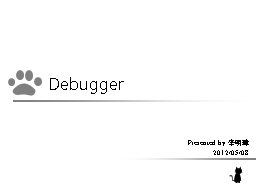PPT-Gnu Debugger (
Author : briana-ranney | Published Date : 2017-03-25
gdb Debuggers are used to Find semantic errors Locate seg faults and bus errors Prepared by Dr Spiegel Using GDB When to use a debugger Sometimes you can figure
Presentation Embed Code
Download Presentation
Download Presentation The PPT/PDF document "Gnu Debugger (" is the property of its rightful owner. Permission is granted to download and print the materials on this website for personal, non-commercial use only, and to display it on your personal computer provided you do not modify the materials and that you retain all copyright notices contained in the materials. By downloading content from our website, you accept the terms of this agreement.
Gnu Debugger (: Transcript
Download Rules Of Document
"Gnu Debugger ("The content belongs to its owner. You may download and print it for personal use, without modification, and keep all copyright notices. By downloading, you agree to these terms.
Related Documents

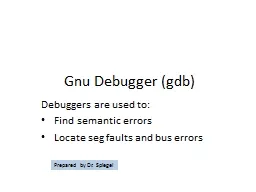
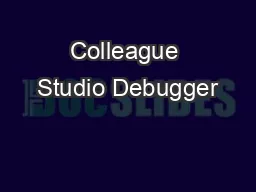
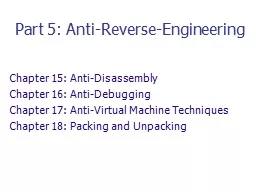
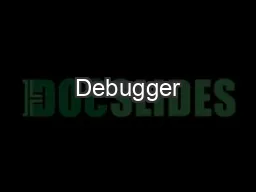
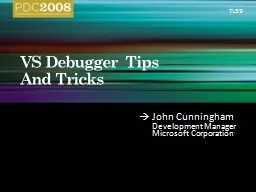
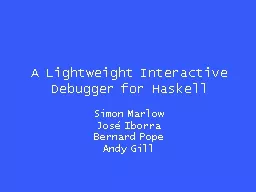
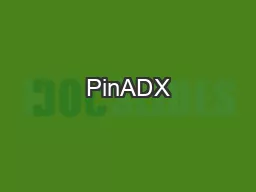

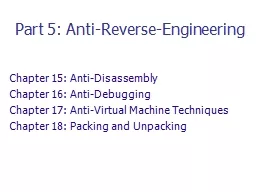
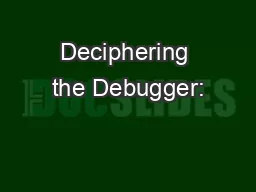

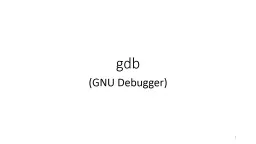
![[BEST]-GNU Coreutils: Core GNU utilities](https://thumbs.docslides.com/980039/best-gnu-coreutils-core-gnu-utilities.jpg)
